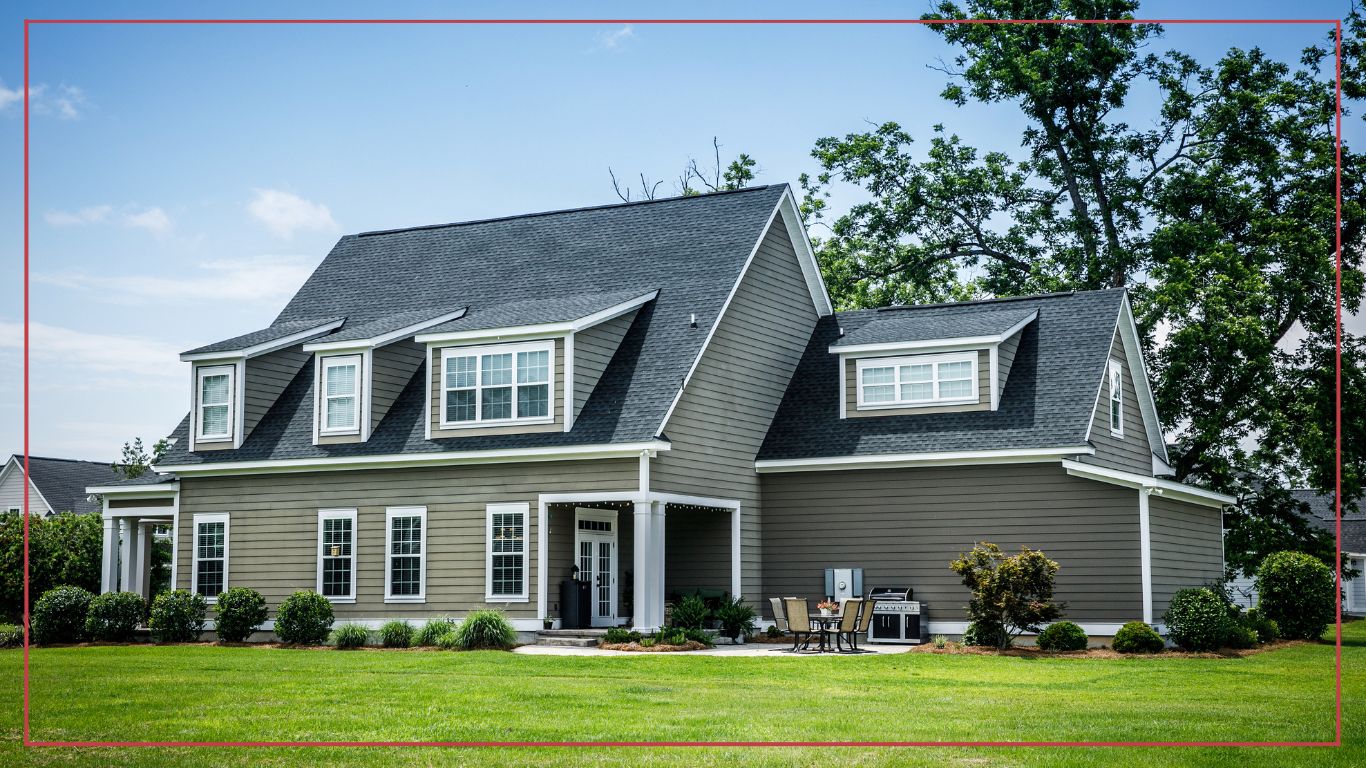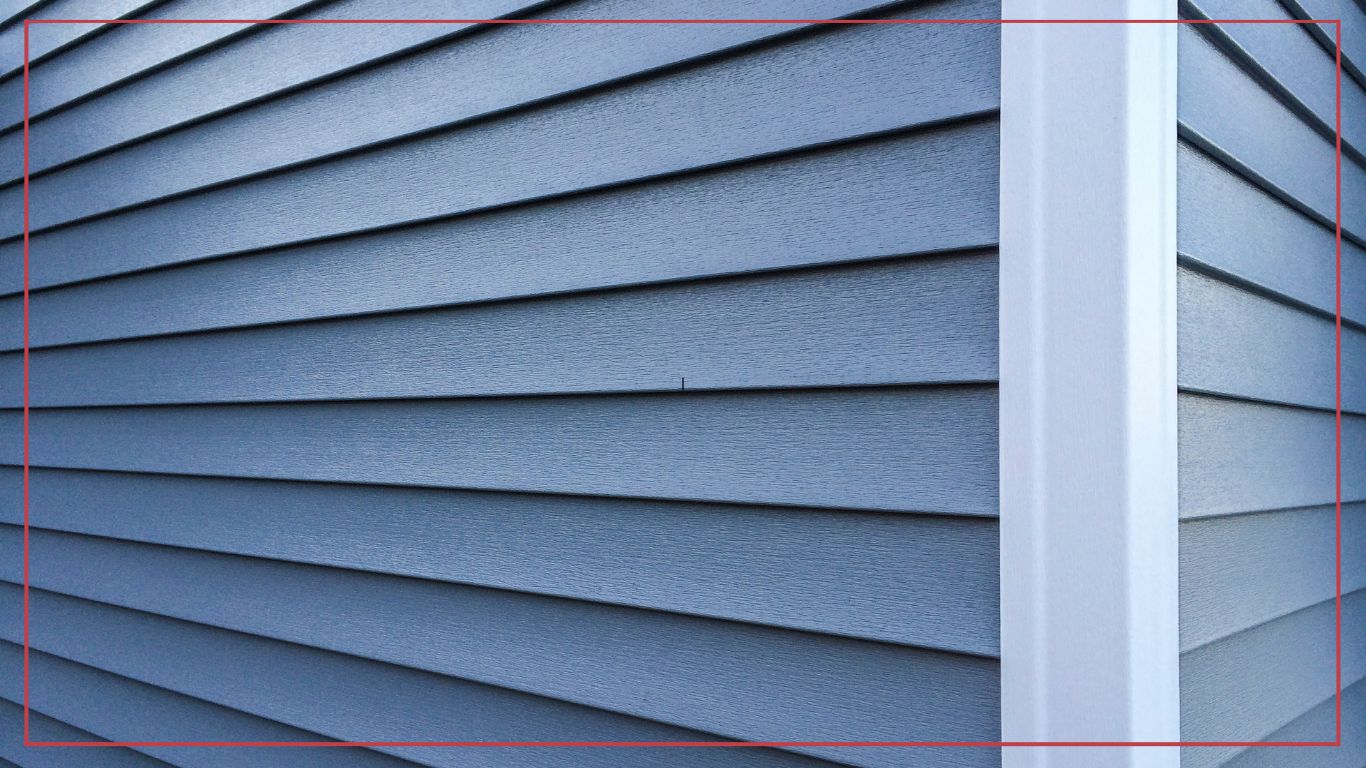9 Common Causes for Siding Problems and How to Avoid Them
Do you ever marvel at the charm that siding adds to houses as you walk through your neighborhood? Siding is more than just an aesthetic addition—it’s your home’s shield against the external forces. However, sometimes you might notice siding that’s peeling, rotting, or otherwise damaged, which can leave you wondering, “What could have possibly gone wrong?“
It’s important to recognize the possible issues that can harm your siding. These problems can affect not just your Downriver home’s exterior look, but also its structural integrity. In this article, we’re going to reveal the top nine causes of siding problems and how you can prevent them.
Understanding Siding Problems

Siding is not just an external layer that adds to your home’s visual appeal; it’s the protective skin that guards against environmental elements. When in good condition, siding provides insulation and enhances curb appeal. But when problems emerge, they can drastically affect your home’s efficiency and safety.
Spotting siding issues can sometimes be tricky, ranging from visible cracks to subtle warping or hidden water damage. Identifying these problems early on, understanding their causes, and taking proactive measures are vital steps in maintaining your siding’s health. So, let’s delve into the top nine causes of siding problems and explore how you can avoid them.
1. Poor Installation
2. Lack of Maintenance
3. Bad Weather Conditions
Similar to an unexpected storm can ruin a perfect picnic, bad weather can wreak havoc on your siding. Hail can cause physical damage, while moisture from rain or snow can seep into cracks and cause rot. Strong winds can also loosen siding panels. Regular inspection after harsh weather conditions can help identify and repair damages early.
4. Insect and Pest Damage
5. Improper Flashing
6. Water Damage
7. Low-Quality Materials
8. Age and Natural Wear
9. Wrong Material for Climate
How to Avoid Siding Problems

Regular Maintenance
Think of maintenance as your siding's regular health checkup. Regular cleaning to remove dirt and mildew, frequent inspections to spot early signs of damage, and immediate repairs can keep your siding looking good and functioning well. Don't forget to inspect your siding after extreme weather conditions. It's always better to catch problems early than to deal with bigger, costlier issues later on.
Professional Installation
Ever tried a DIY project, only to find that the professionals do it better? The same goes for siding installation. Hiring a professional for siding installation can ensure that it's done correctly, reducing the risk of future problems.
Choose Quality Materials
Remember, siding is an investment, not an expense. Just as you would invest in quality products for your personal use, investing in high-quality siding materials can enhance durability and aesthetic appeal, ultimately saving you from frequent repair and replacement costs.
Use Correct Material for Climate
Just as you wouldn't wear a fur coat in the summer, it's essential to choose siding materials suitable for your climate. Consult a professional to help determine which materials work best for your local weather conditions.
Proper Flashing Installation
Remember, flashing is your home's raincoat, protecting vulnerable spots from water damage. Ensuring that your flashing is properly installed can save you from future issues with rot and mold.
Pest Control
Consider pest control as your shield against unwanted guests. Regular pest control can prevent pests and insects from causing damage to your siding.
By adopting these proactive measures, you can help prevent the common siding problems we discussed above, keeping your Downriver home looking great and functioning efficiently for years to come. As always, when in doubt, it’s best to consult a professional siding contractor.
